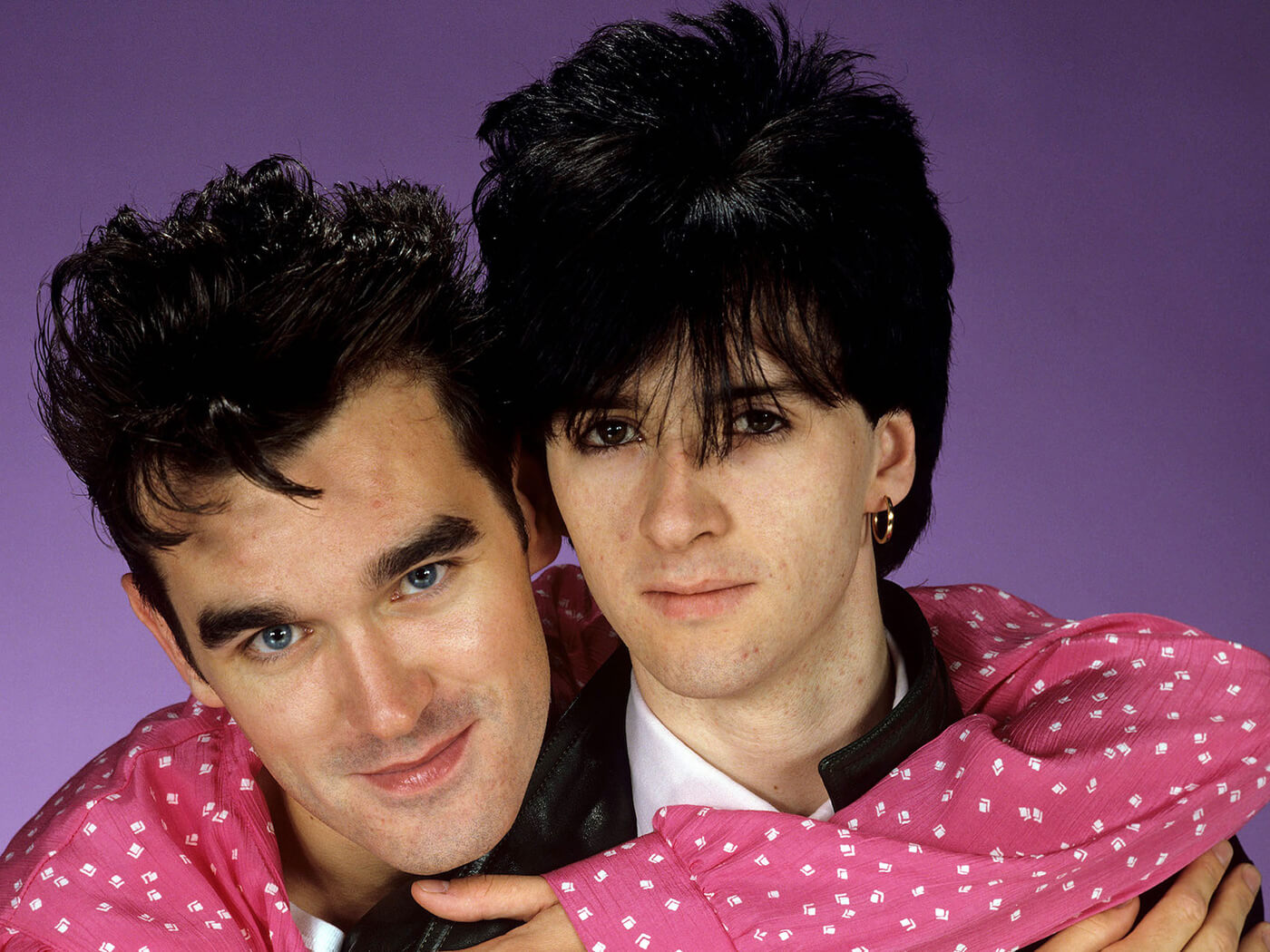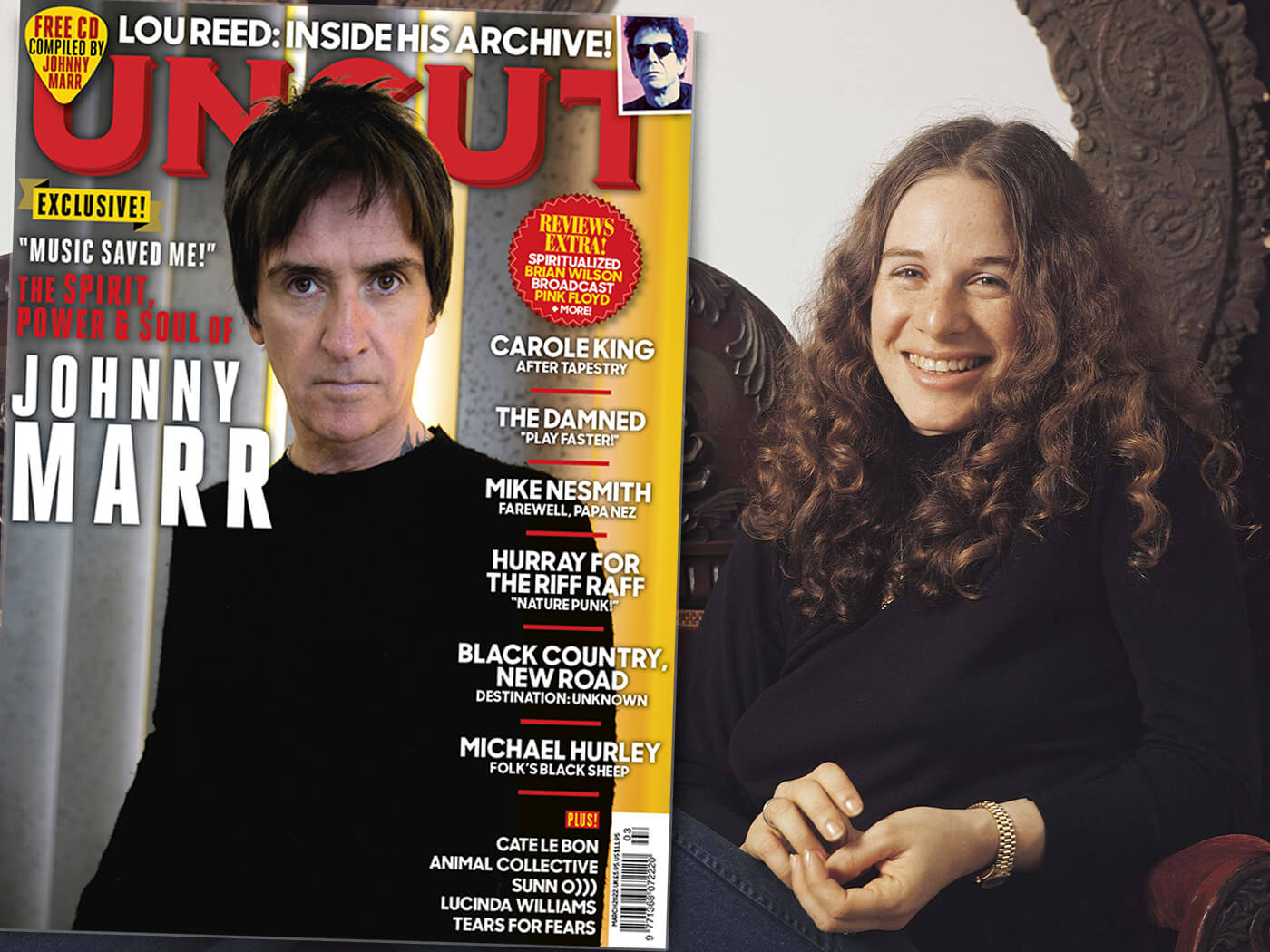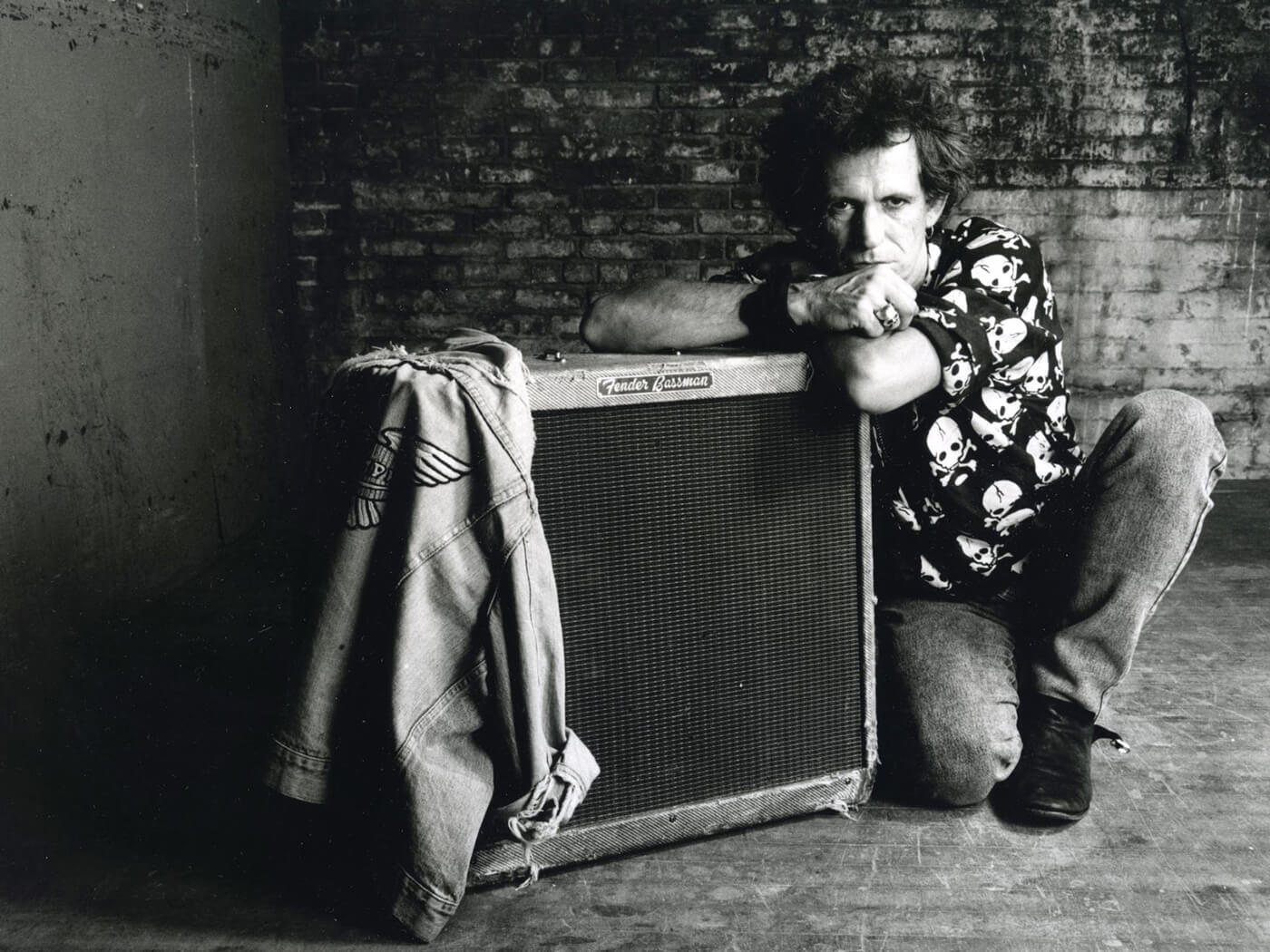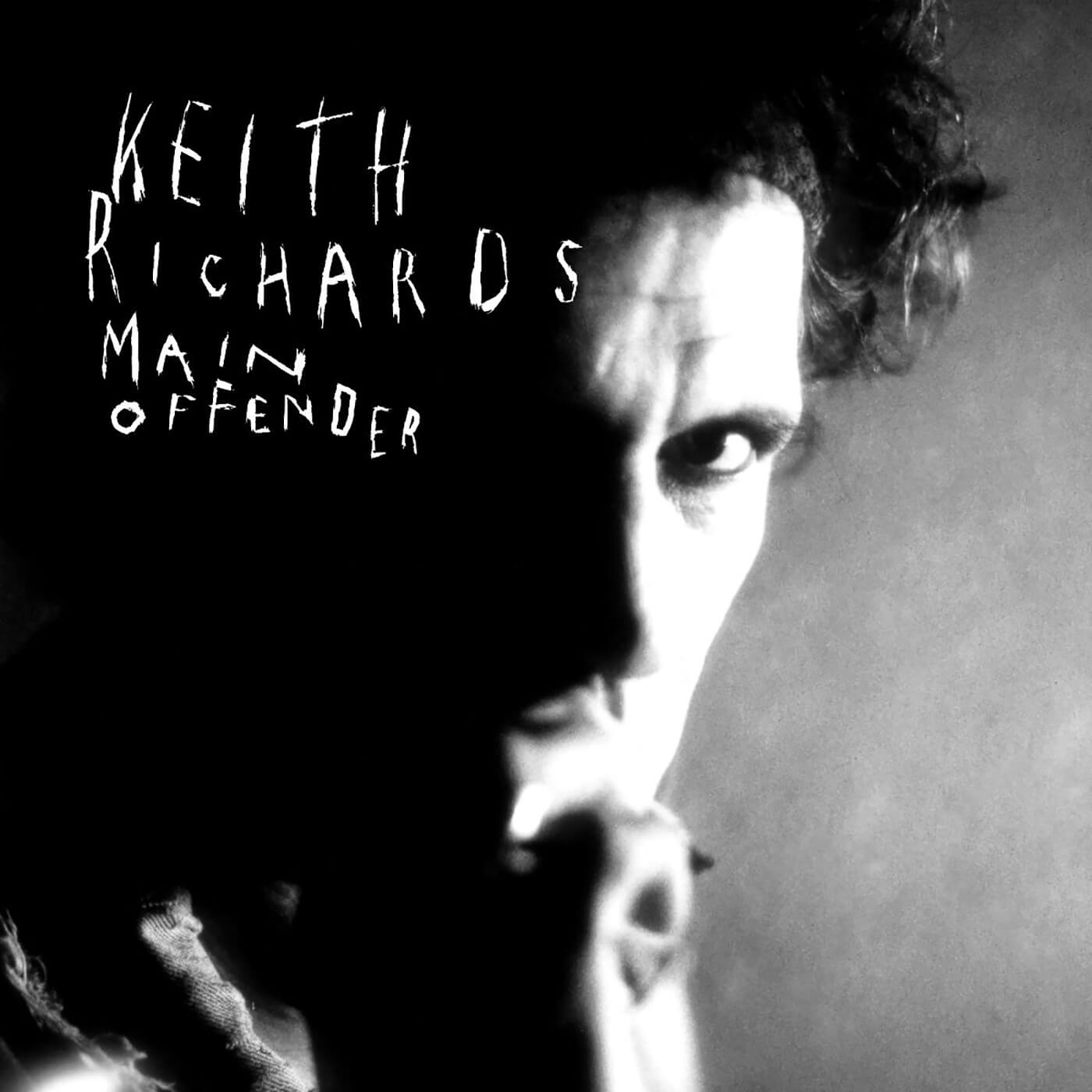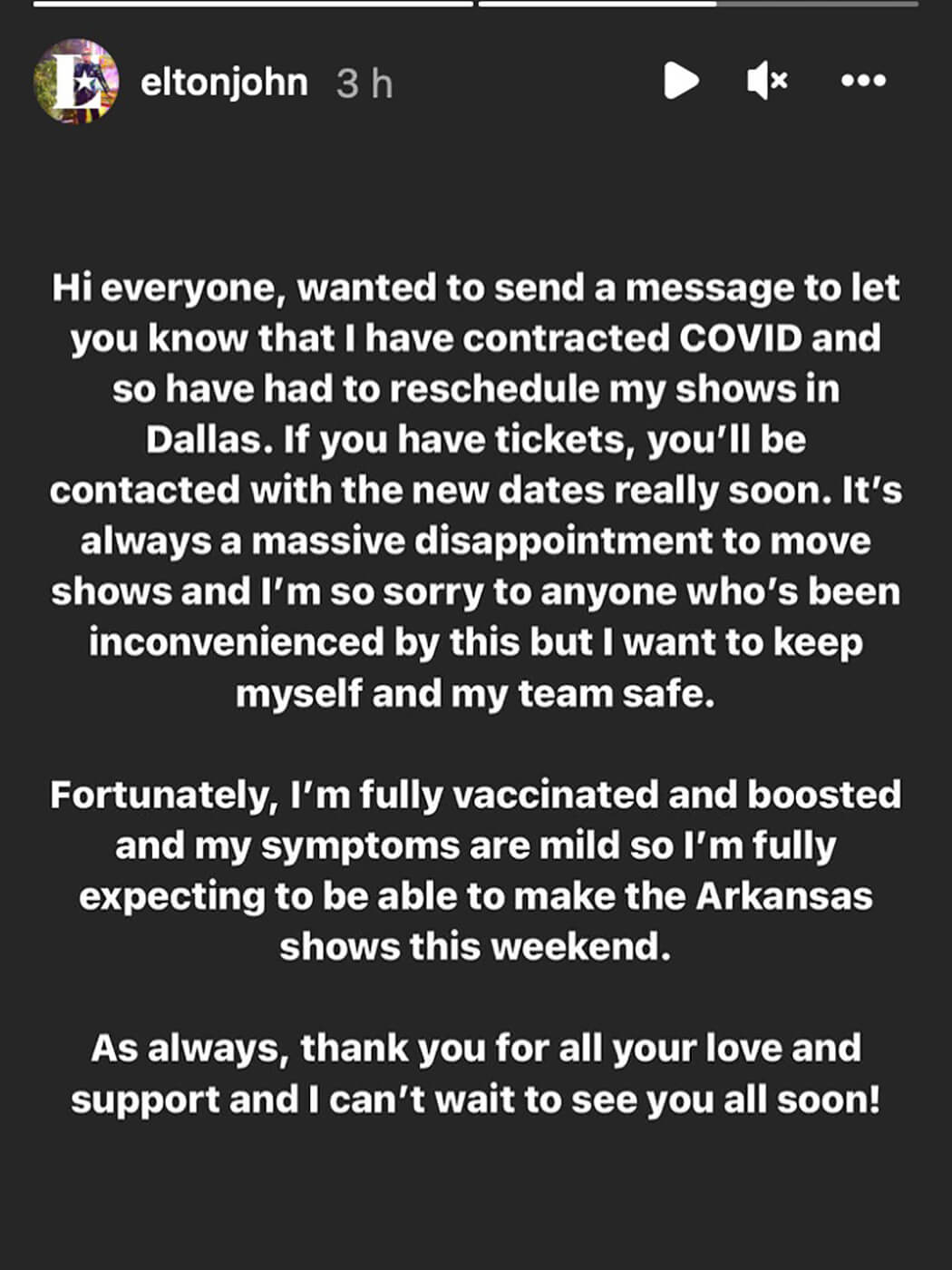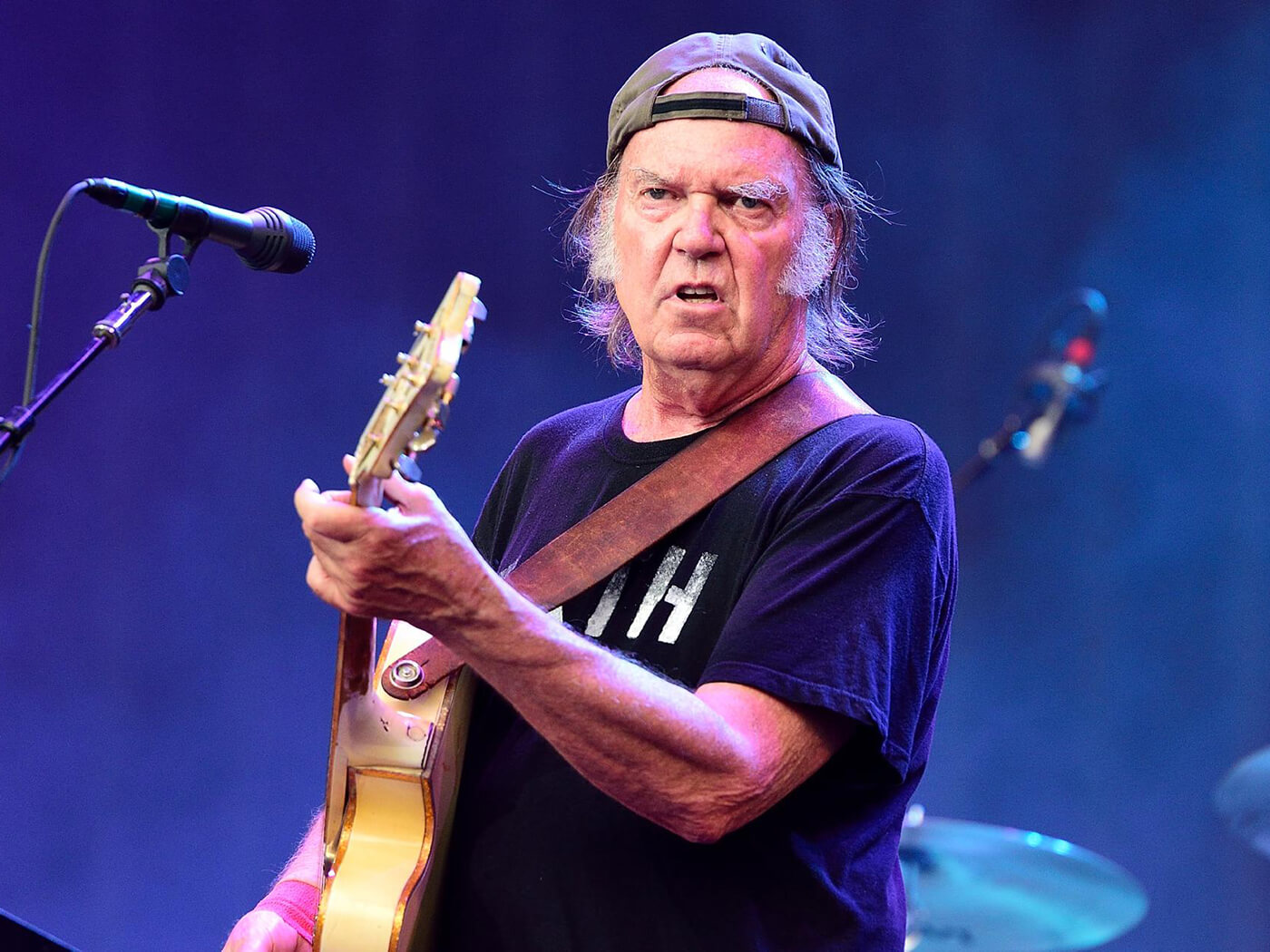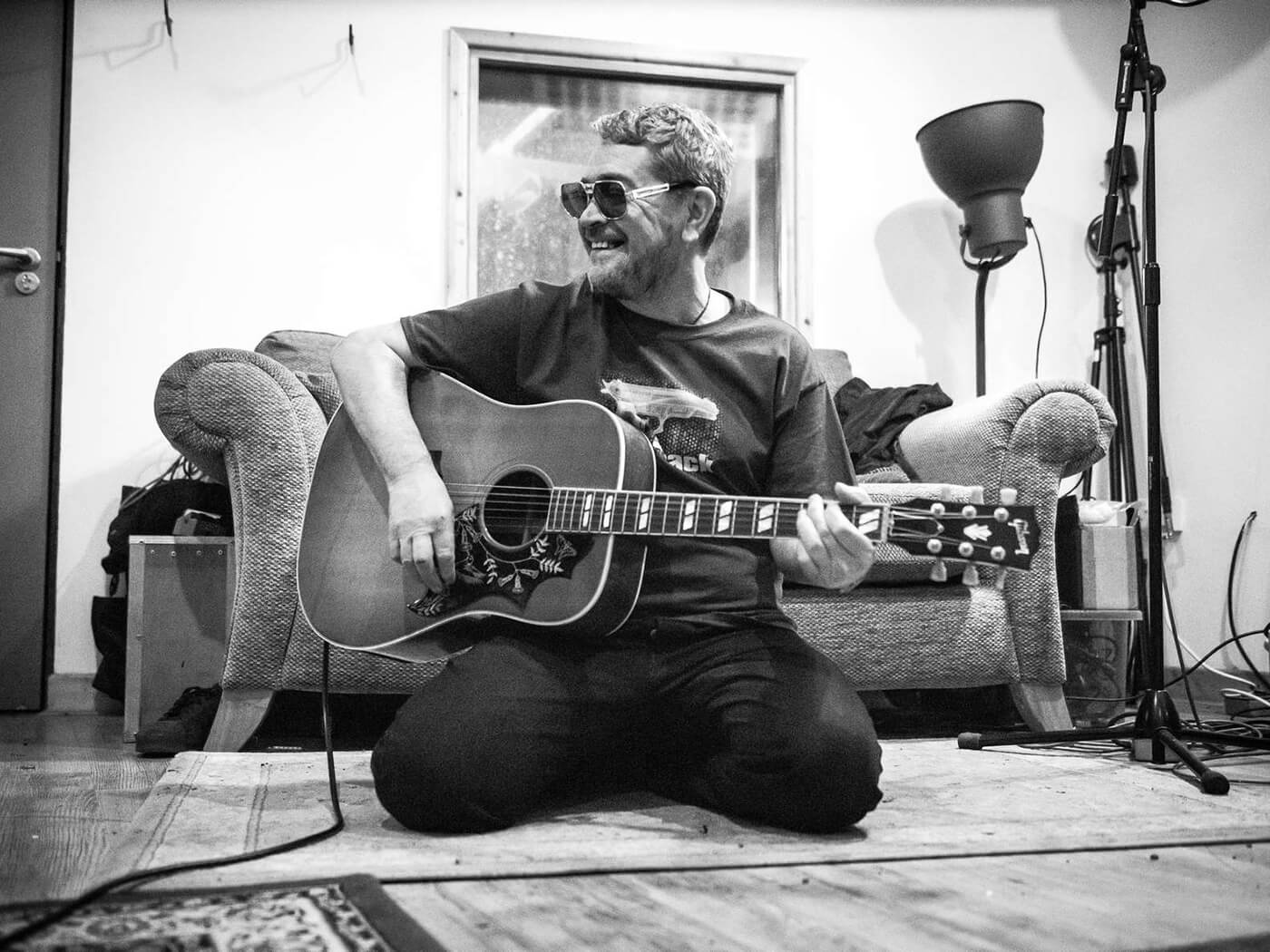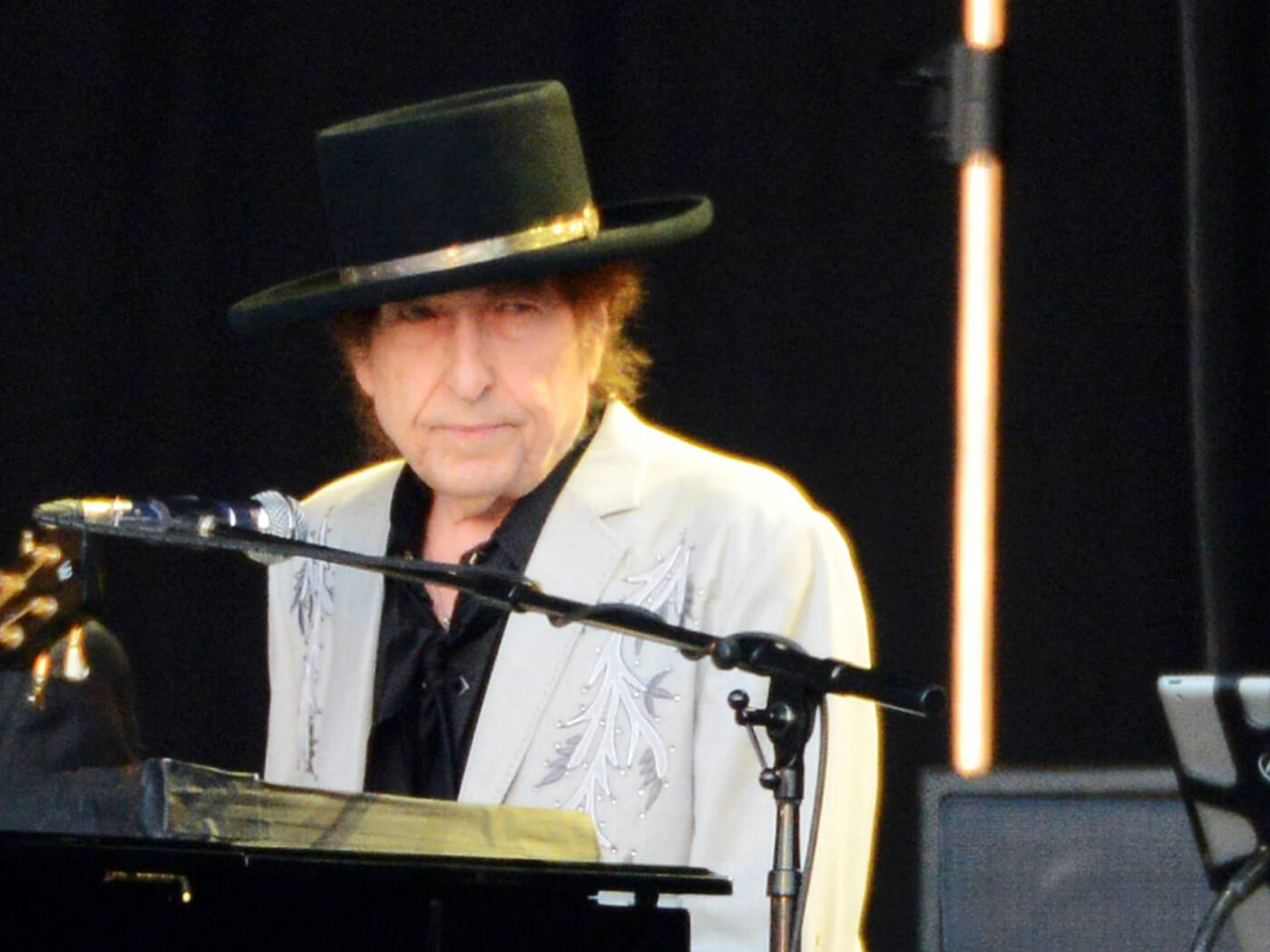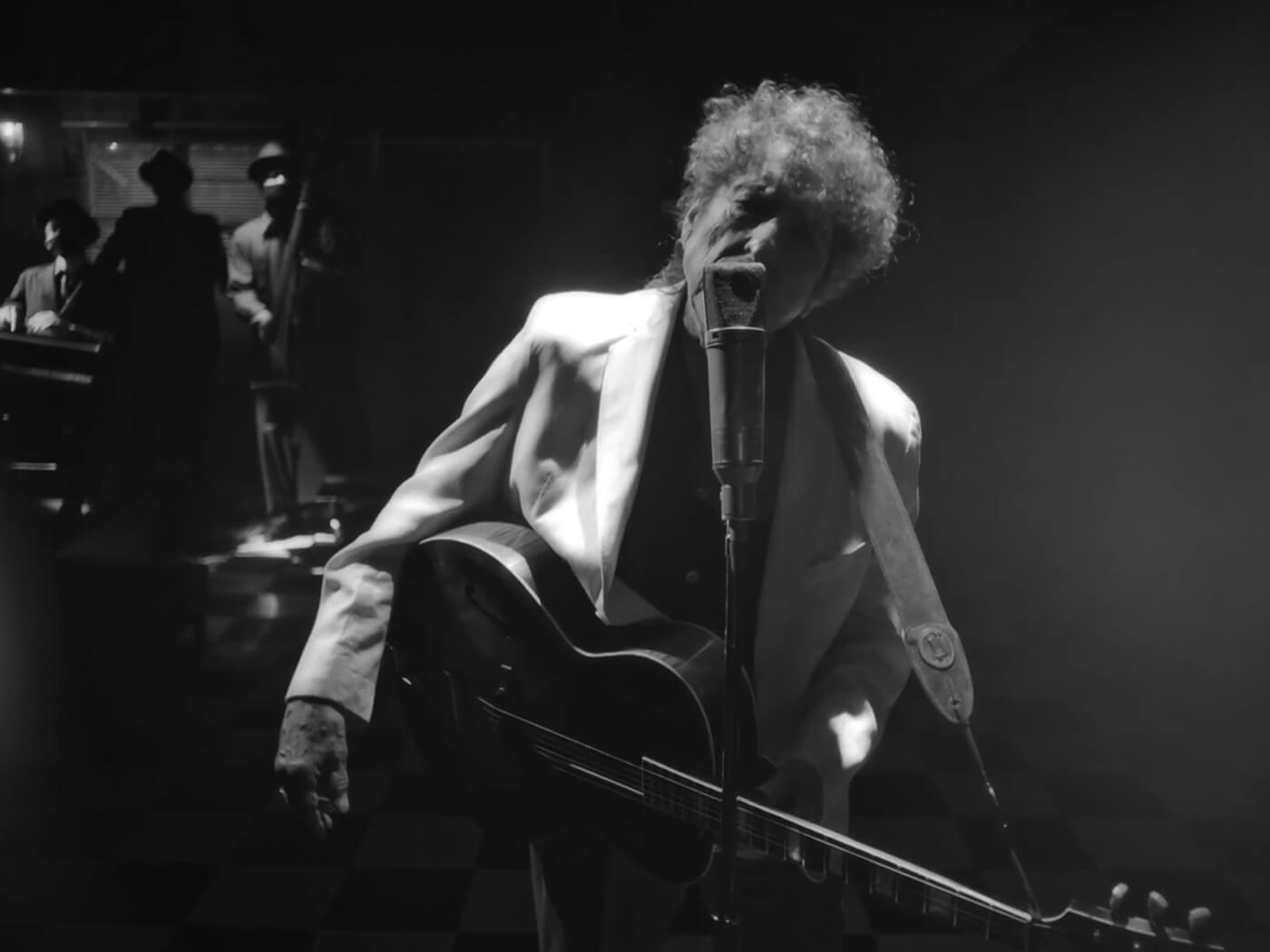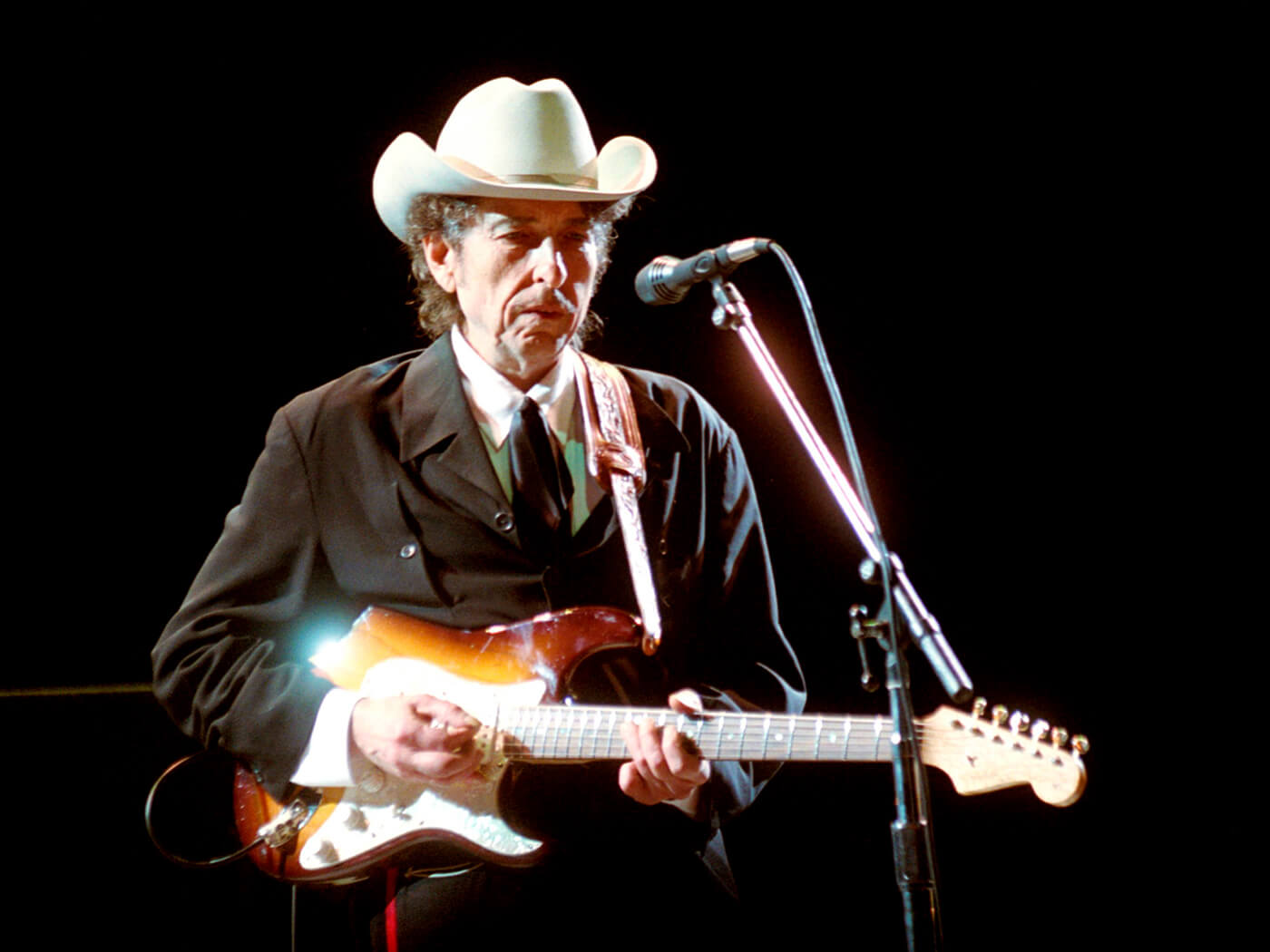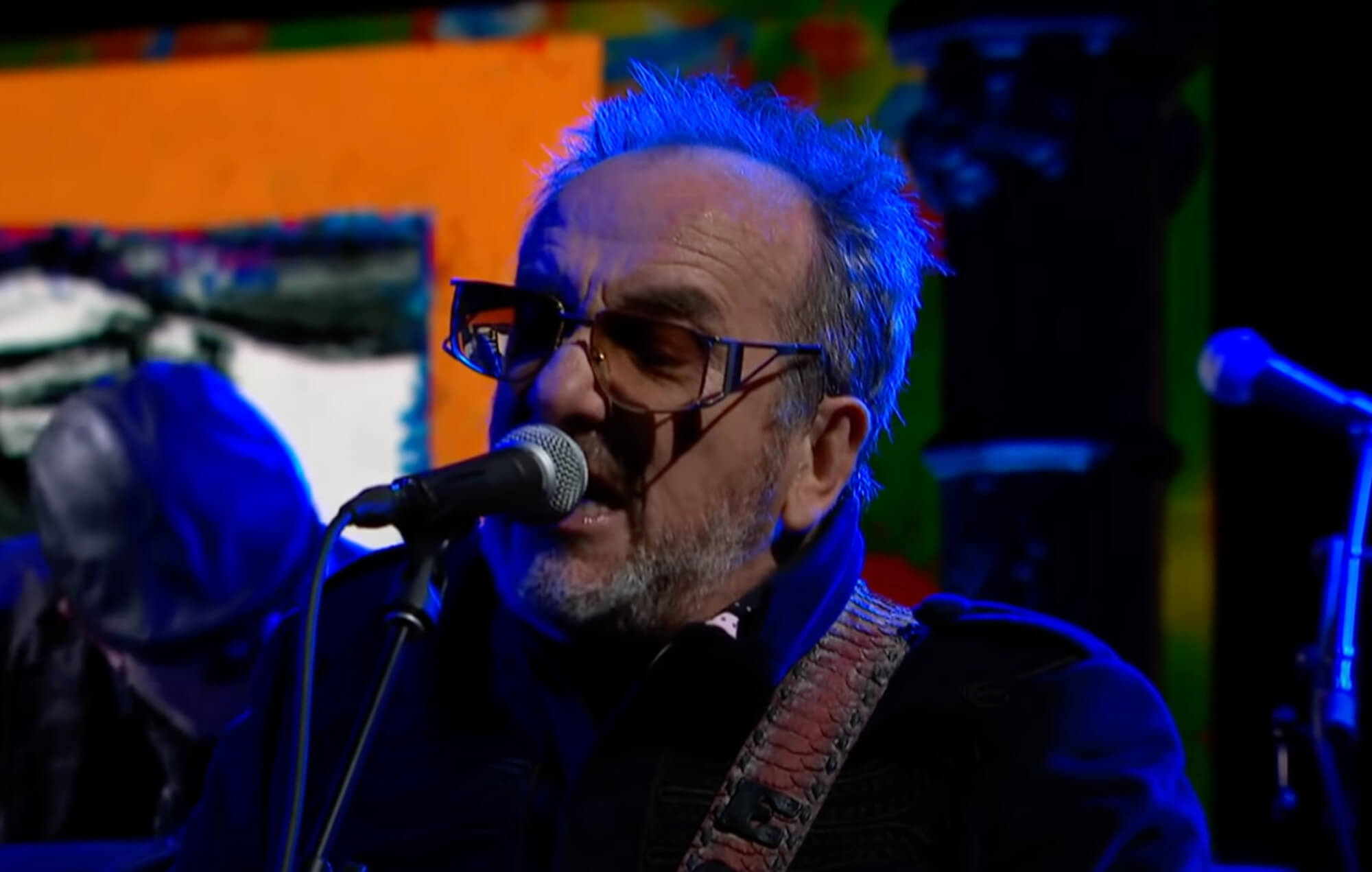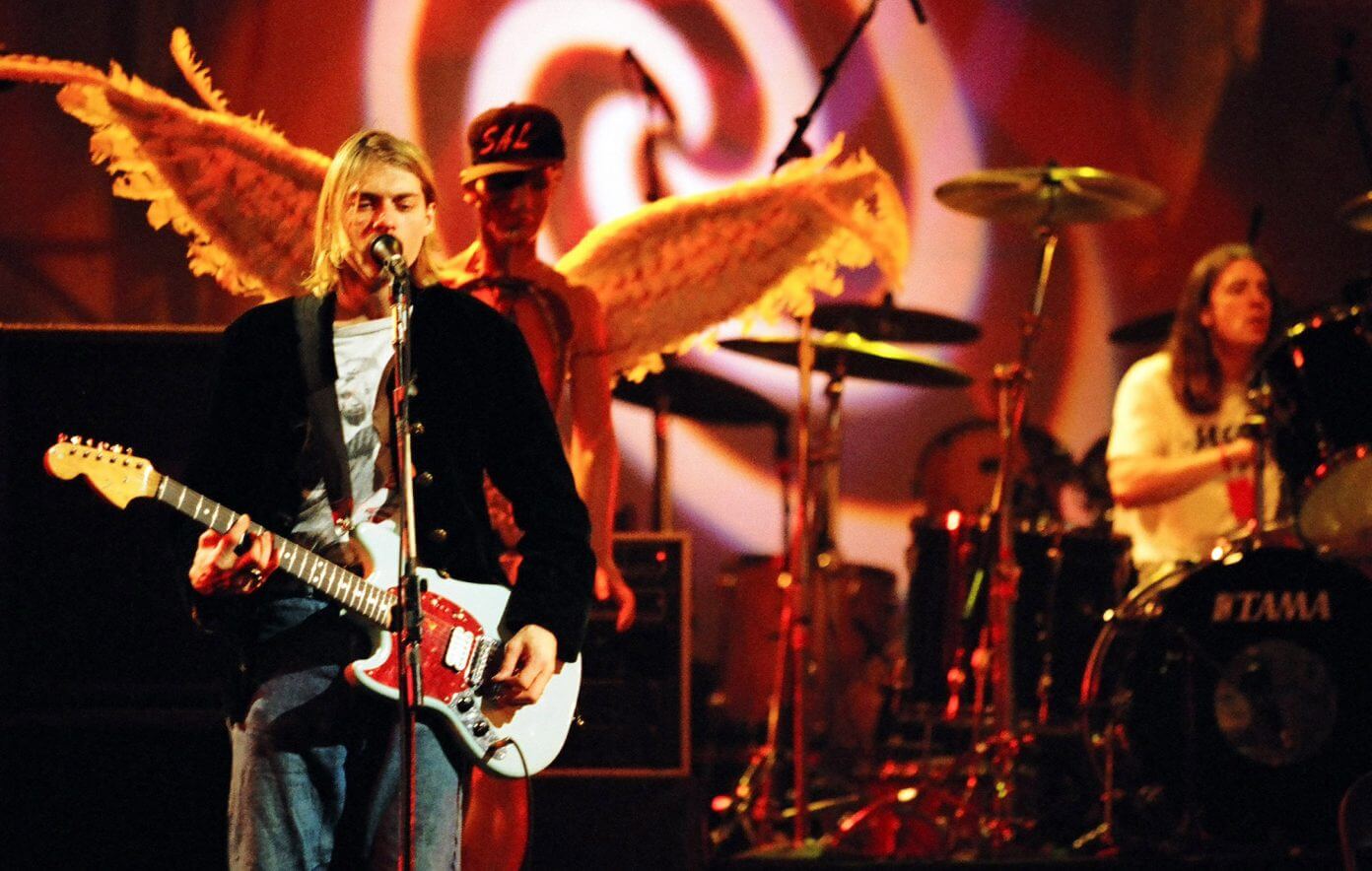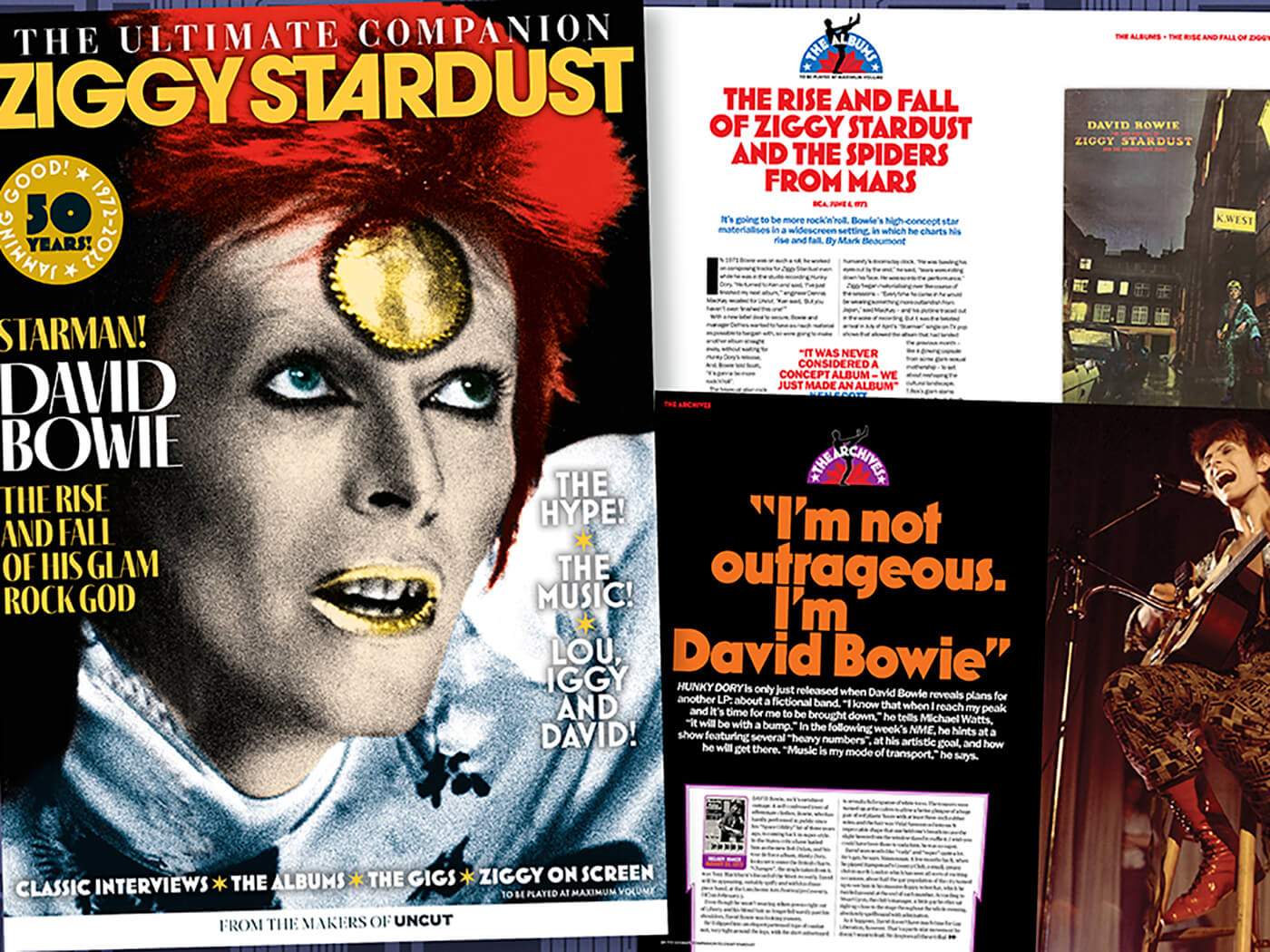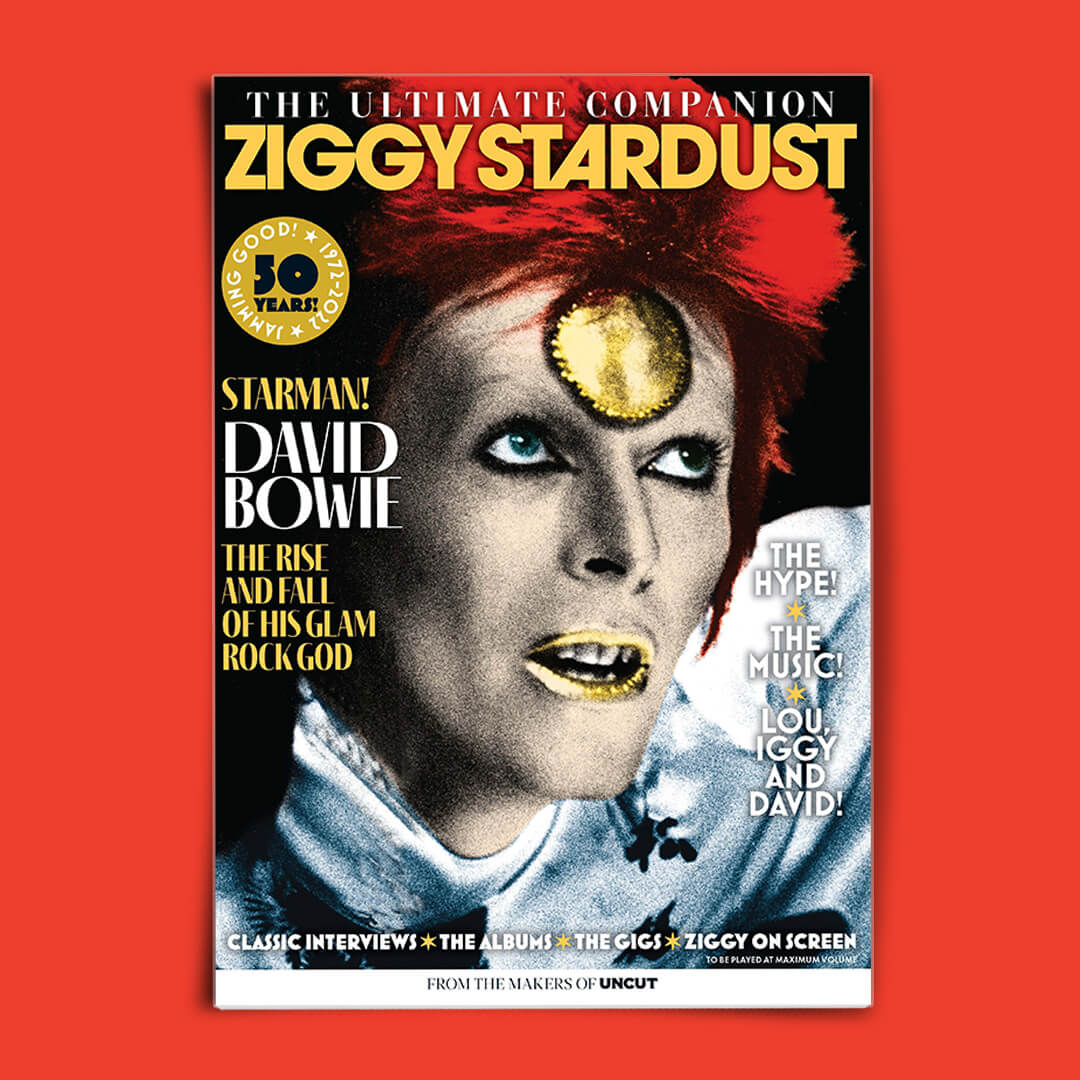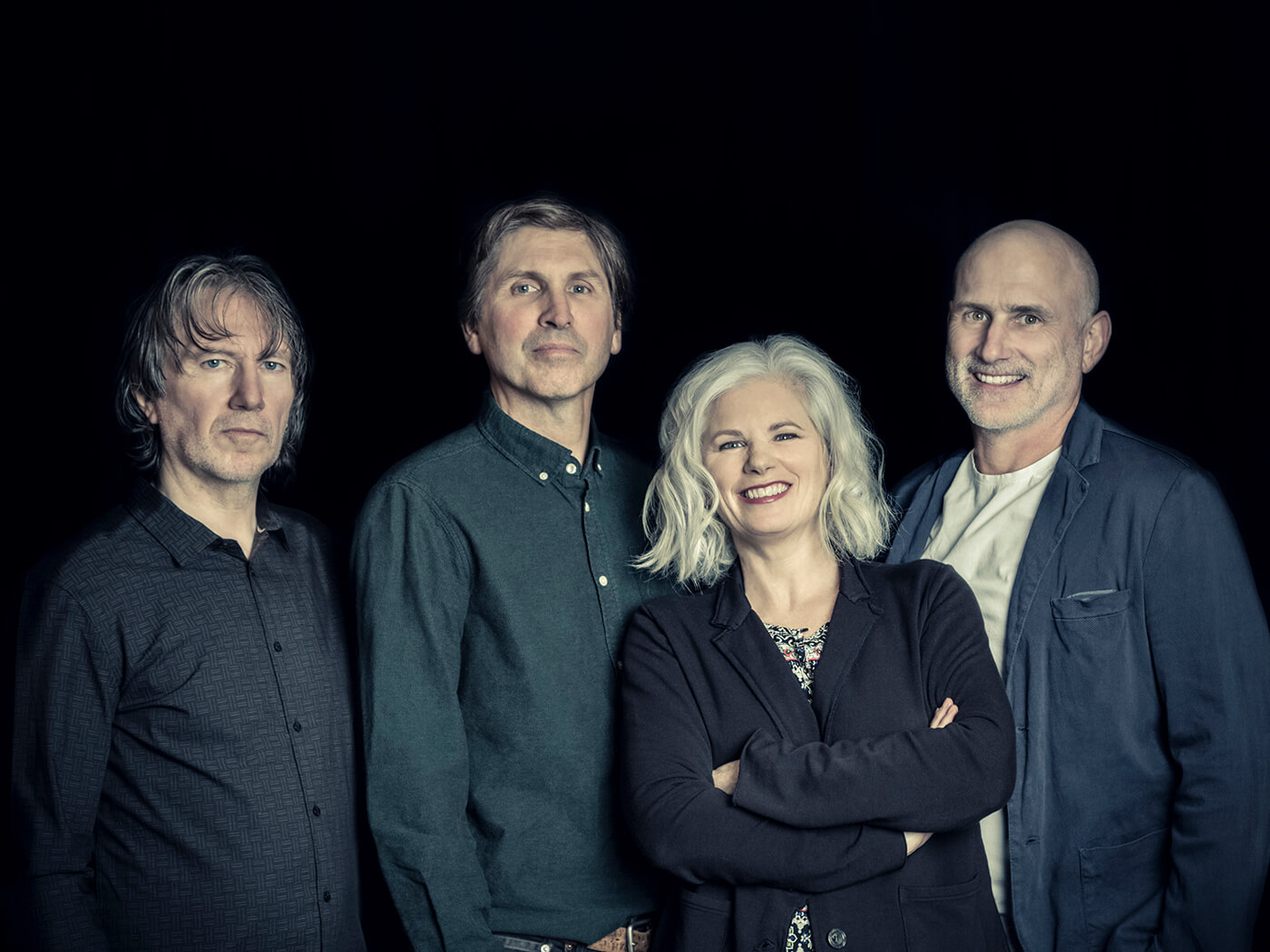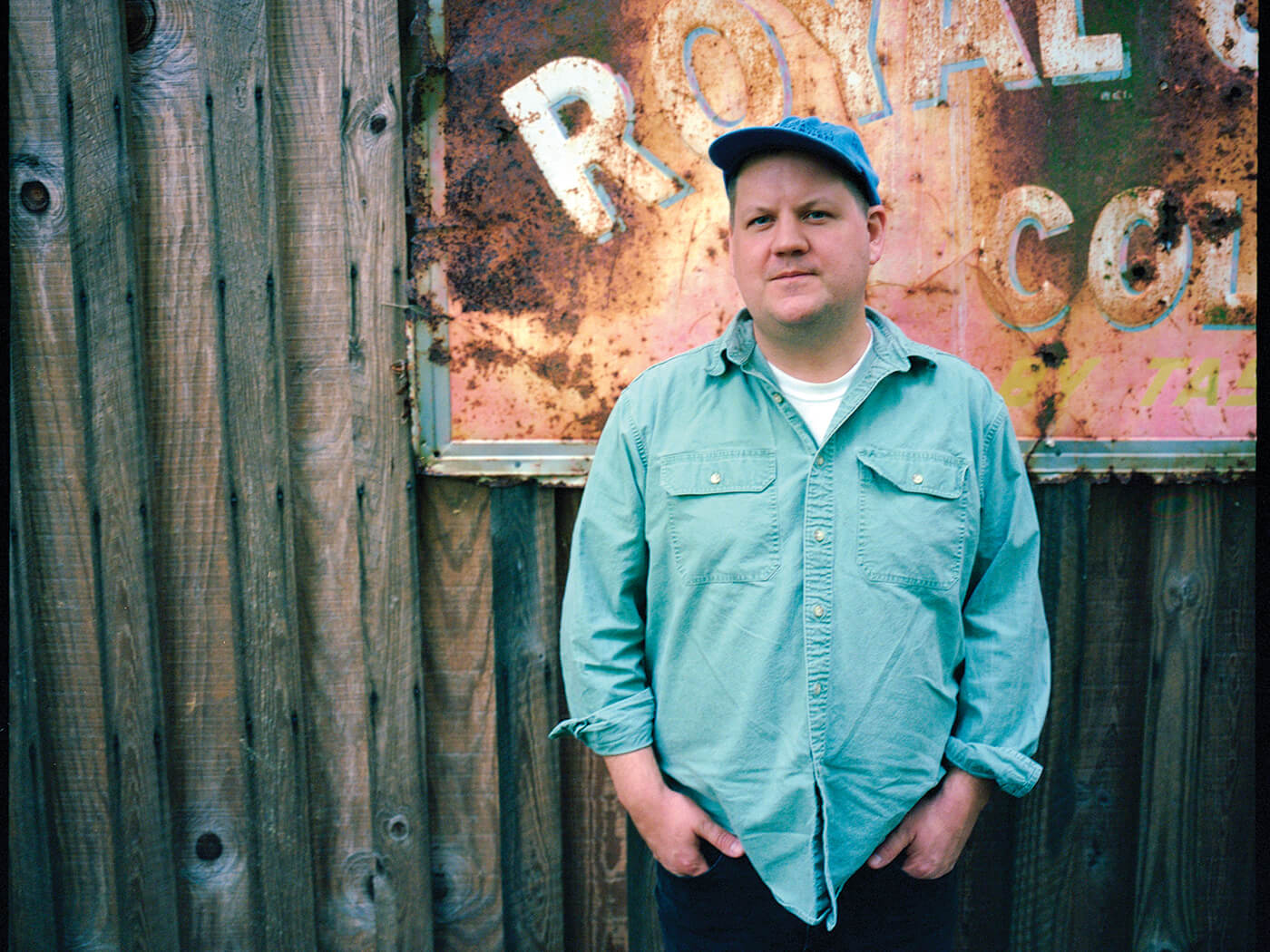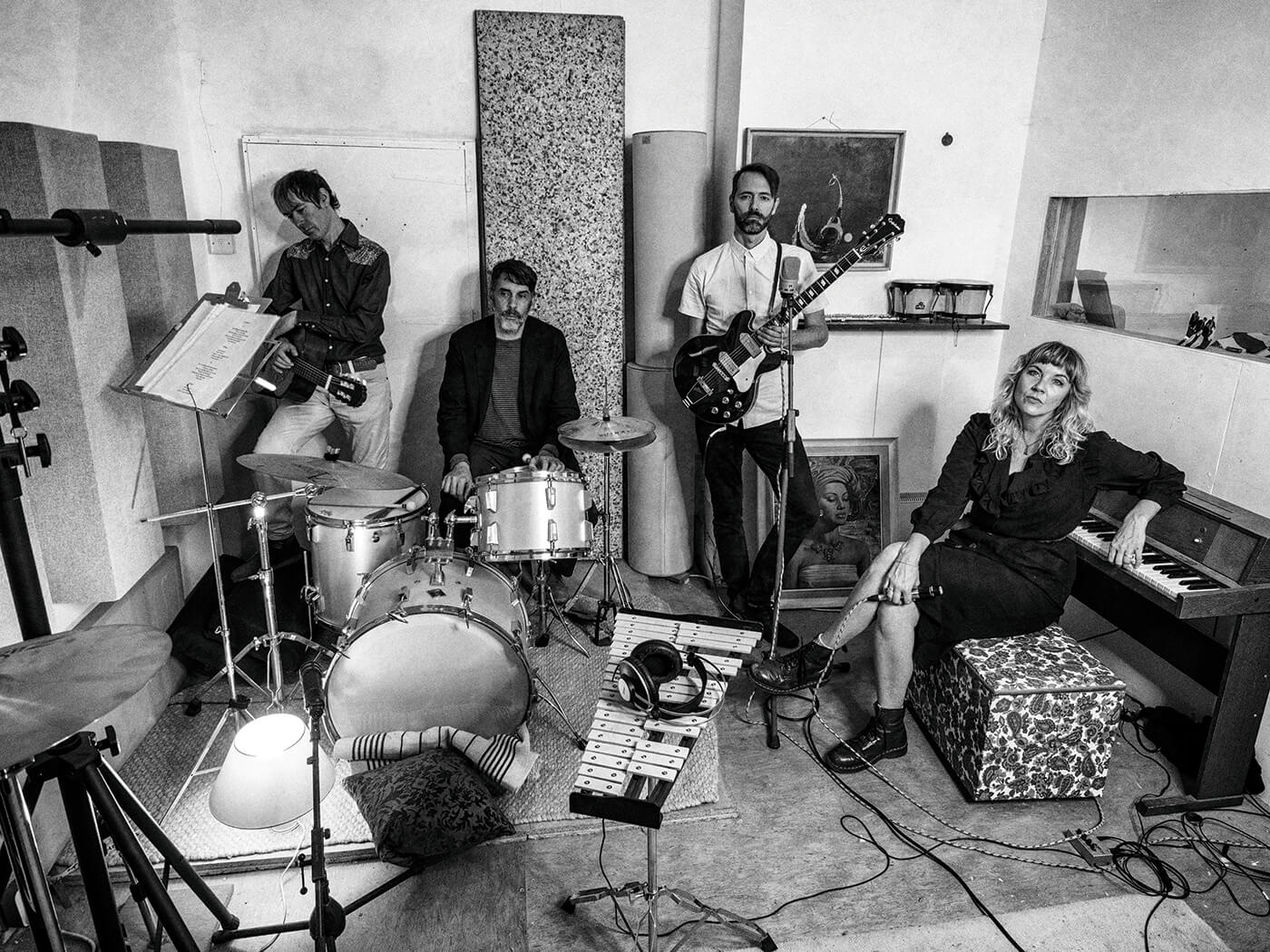Johnny Marr has responded to Morrissey’s recent statement, in which his former bandmate asked Marr to stop mentioning him when giving interviews.
In a post on his Morrissey Central website, he wrote: “This is not a rant or an hysterical bombast. It is a polite and calmly measured request: Would you [Marr] please stop mentioning my name in your interviews?”
“Would you please, instead, discuss your own career, your own unstoppable solo achievements and your own music? If you can, would you please just leave me out of it?”
Morrissey continued: “The fact is: you don’t know me. You know nothing of my life, my intentions, my thoughts, my feelings. Yet you talk as if you were my personal psychiatrist with consistent and uninterrupted access to my instincts.”
In response, Marr took to Twitter today (January 26) and directly addressed Morrissey, writing: “An ‘open letter’ hasn’t really been a thing since 1953, It’s all ‘social media’ now. Even Donald J Trump had that one down.
“Also, this fake news business… a bit 2021 yeah?”
He then added the hashtag “#makeindiegreatagain” and, in a separate Instagram post, shared a photo of himself lounging in a hammock in the sea.
Dear @officialmoz . An ‘open letter’ hasn’t really been a thing since 1953, It’s all ‘social media’ now. Even Donald J Trump had that one down. Also, this fake news business…a bit 2021 yeah ?#makingindiegreatagain
— Johnny Marr (@Johnny_Marr) January 26, 2022
The two, who were bandmates in The Smiths for six years, released four albums together: The Smiths (1984), Meat Is Murder (1985), The Queen Is Dead (1986), and Strangeways, Here We Come (1987). Morrissey brought this up in his post.
“You found me inspirational enough to make music with me for 6 years,” he said. “If I was, as you claim, such an eyesore monster, where exactly did this leave you? Kidnapped? Mute? Chained? Abducted by cross-eyed extraterrestrials? It was YOU who played guitar on ‘Golden Lights’ – not me.”
Morrissey went on: “Yes, we all know that the British press will print anything you say about me as long as it’s cruel and savage. But you’ve done all that. Move on. It’s as if you can’t uncross your own legs without mentioning me. Our period together was many lifetimes ago, and a lot of blood has streamed under the bridge since then. There comes a time when you must take responsibility for your own actions and your own career, with which I wish you good health to enjoy. Just stop using my name as click-bait.”
Morrissey signed off: “Please stop. It is 2022, not 1982.”
It comes after Marr shared the reason why he’s not “close” with Morrissey in a recent interview, claiming that it’s because they’re “so different”.
The legendary guitarist and singer-songwriter was speaking to Uncut Magazine for the cover story of its latest issue, where he discussed the making of his new solo album Fever Dreams Pt 1-4 as well as his colourful history of working with the likes of The Cribs, Modest Mouse, Nile Rodgers, Chrissie Hynde, New Order‘s Bernard Sumner, Billie Eilish, Hans Zimmer and many more.
“It’s a simplistic way of putting it, but one of the reasons I’ve been in so many bands was because I wanted to be loyal to them,” said Marr. “It won’t come as any surprise when I say that I’m really close with everyone I’ve worked with – except for the obvious one. And that isn’t that much of a surprise because we’re so different, me and Morrissey. But all of these different musicians, I can pick up the phone to any one, and just pick up from where we left off.”


